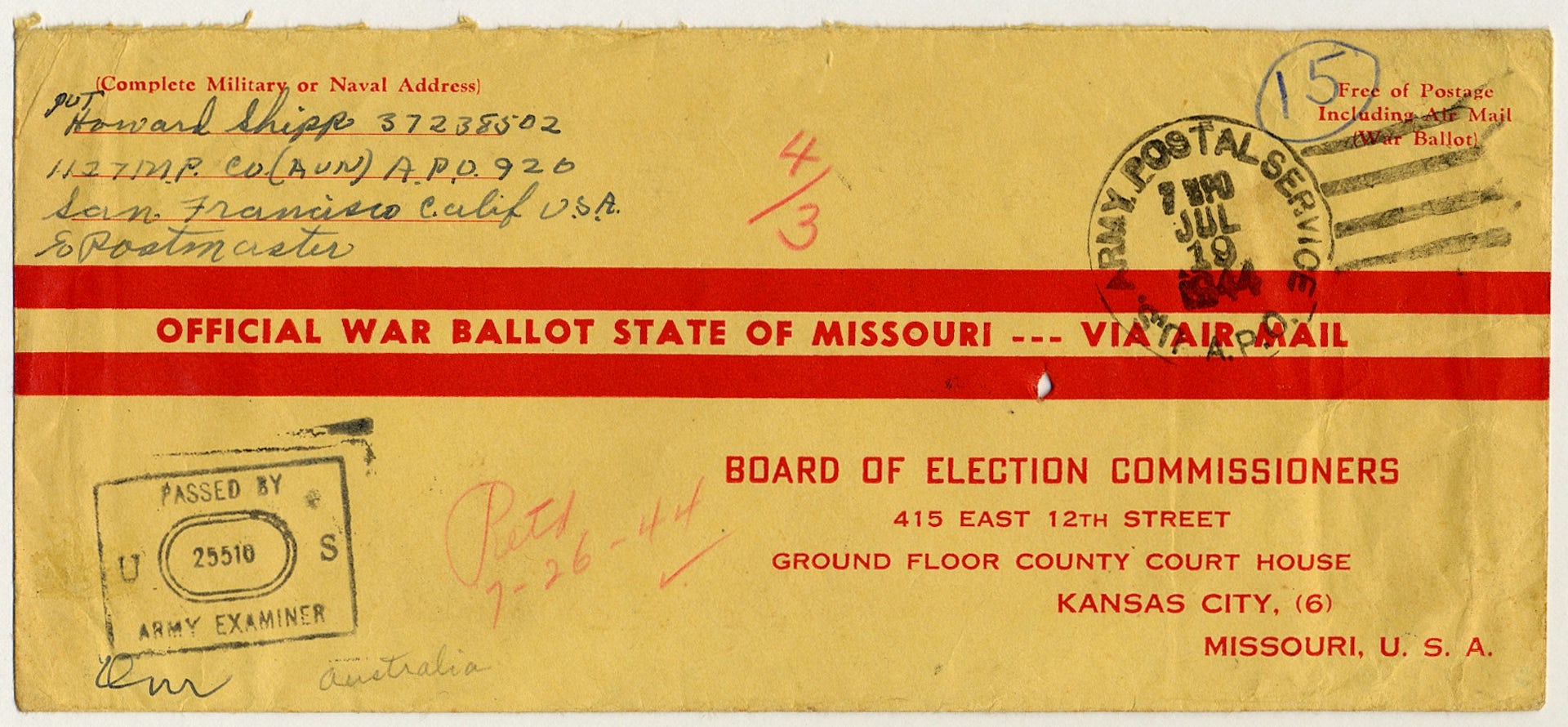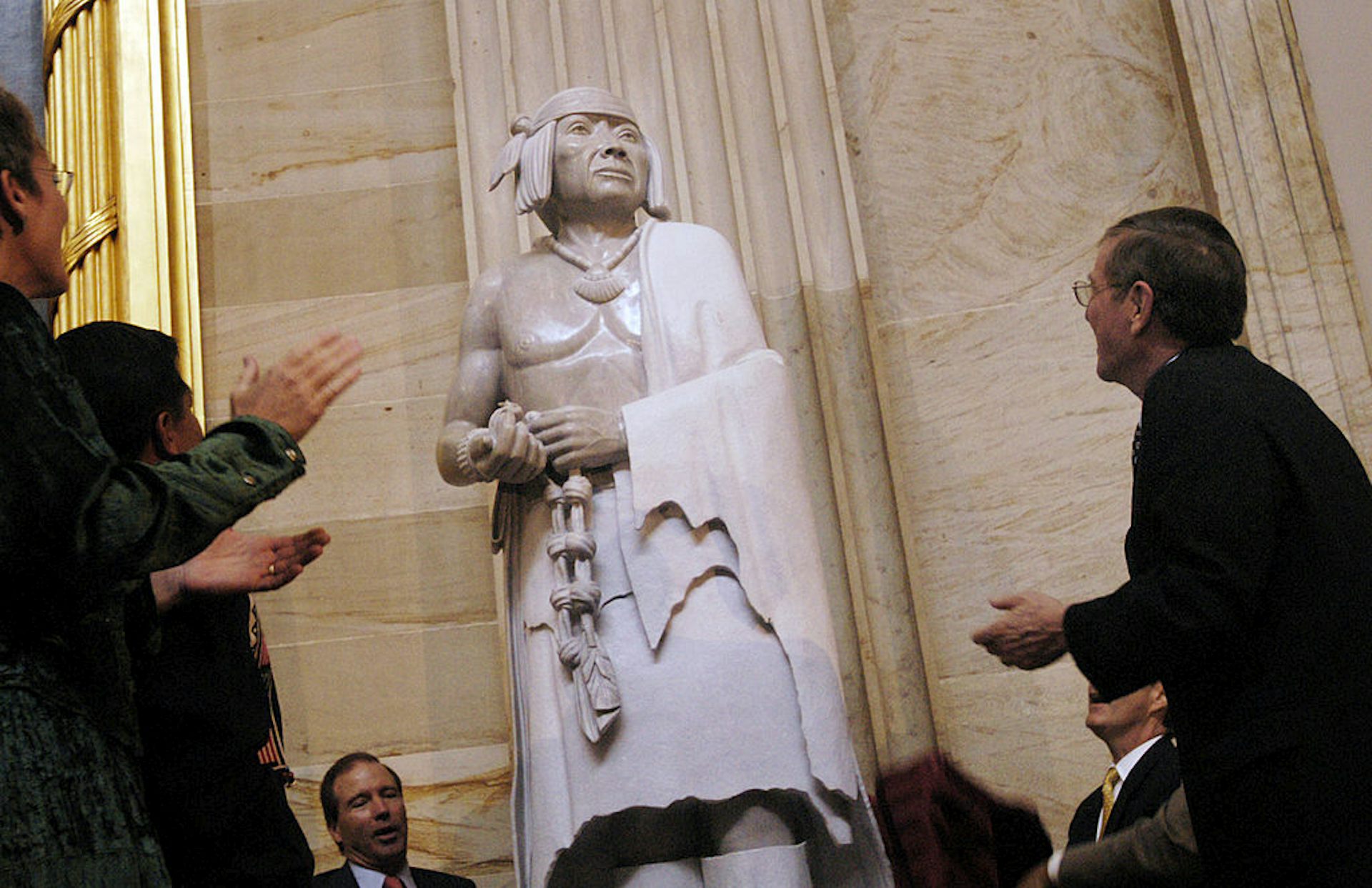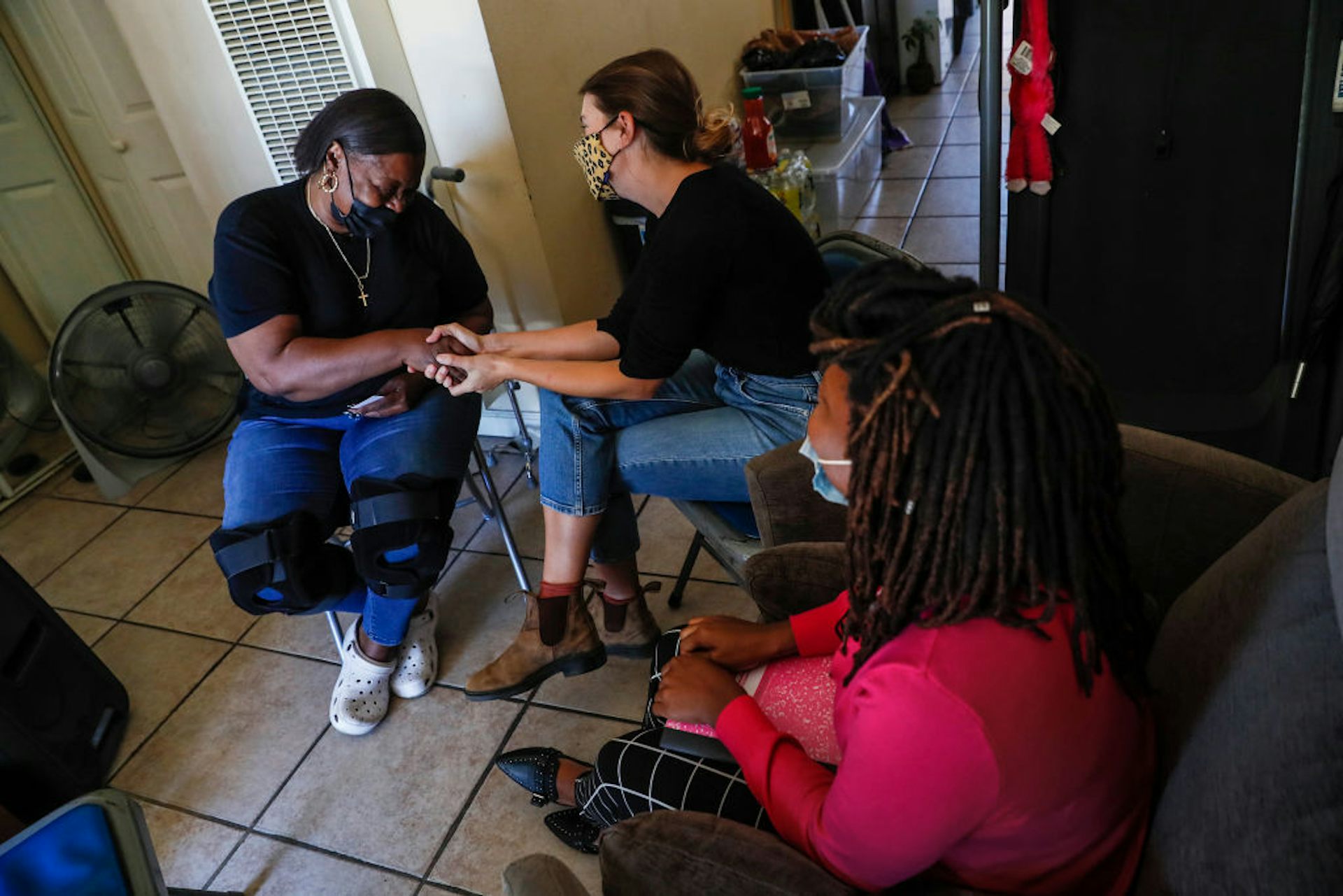80 years ago, Nazi Germany occupied Tunisia – but North Africans' experiences of World War II often
People across much of North Africa were subject to racist laws and suffering at the hands of European powers during the Second World War.
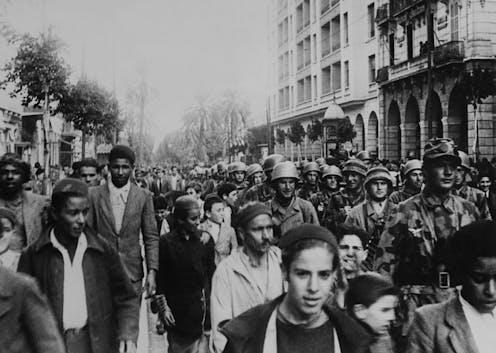
Eighty years ago, in November 1942, the Nazis occupied Tunisia. For the next six months, Tunisian Jews and Muslims were subjected to the Third Reich’s reign of terror, as well as its antisemitic and racist legislation. Residents lived in fear – “under the Nazi boot,” as Tunisian Jewish lawyer Paul Ghez wrote in his diary during the occupation.
One of us is a historian; one of us is an anthropologist. Together, we have spent a decade gathering the voices of the diverse peoples who endured World War II in North Africa, across lines of race, class, language and region. Their letters, diaries, memoirs, poetry and oral histories are both defiant and broken. They express both faith and despair. All in all, they understood themselves to be trapped in a monstrous machine of fascism, occupation, violence and racism.
When most Americans think of the nightmares of the war or the Holocaust, they think strictly of Europe. Hate has a shifting color wheel, however – and we learn something new when we watch its spin in wartime North Africa.
Crossing the sea
The history of Jews settling in North Africa begins as early as the sixth century B.C., after the First Temple in Jerusalem was destroyed. Another significant wave of immigrants followed the Spanish Inquisition. At the start of World War II, a diverse North African Jewish population of roughly 500,000 coexisted with Muslim neighbors.
North Africa’s Jews spoke many languages, reflecting their many different cultures and ethnicities: Arabic, French, Tamazight – a Berber language – and Haketia, a form of Judeo-Spanish spoken in northern Morocco. While a large number of North African Jews, particularly in Algeria, enjoyed the privileges of French and other Western citizenship, the majority remained subjects of local leaders.
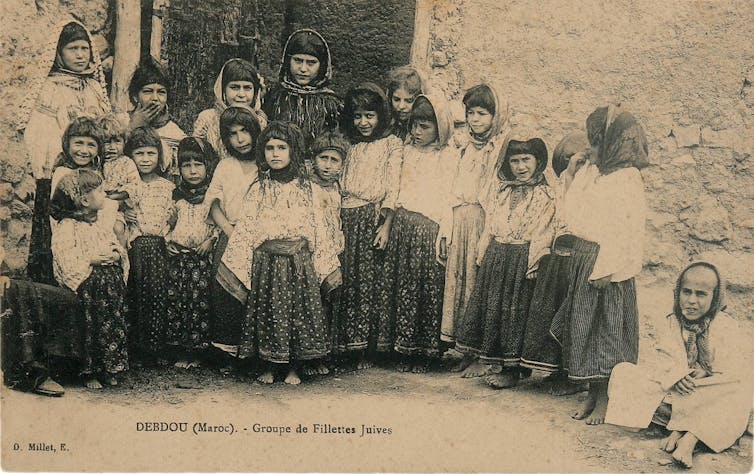
During the Second World War, however, those who held French citizenship had it stripped away. Three European powers ruled North Africa during the war, all brutally.
Morocco, Algeria and Tunisia were, for most of the conflict, in the hands of Vichy France. This authoritarian government, which collaborated with Nazi Germany, was formed in July 1940 by armistice, after Germany’s successful invasion of France. It was ruled by Marshal Henri Philippe Pétain, a French hero of the First World War, out of the southern city of Vichy.
All antisemitic and racist laws and policies the Vichy regime imposed upon continental France were extended to its colonies in North and West Africa, pushing Jews out of professional sectors, stripping them of citizenship – if they had it to begin with – and seizing Jewish property, businesses and assets.
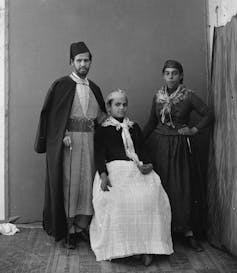
The Vichy regime also continued racist policies begun by France’s Third Republic, which pushed young Black men from the empire into forced military service – and the most dangerous wartime posts. These forced recruits included soldiers from Senegal, French Guinea, Ivory Coast, Niger and Mauritania; French territories in present-day Benin, Gambia and Burkina Faso; and Muslim men from Morocco and Algeria.
In these ways, the French carried on a wartime campaign of anti-Blackness and Islamophobia, pairing these forms of racialized hatred from the colonial era with antisemitism. Antisemitism had deep roots in French and colonial history, but it found new force in the era of fascism.
Antisemitic and anti-Black policy was also a bedrock of Benito Mussolini’s fascist Italian government, which ruled over Libya during the war. Italy first tested its racist policies in its colony of Italian East Africa, segregating local Black populations from Italian settlers. Mussolini’s regime then reshaped these policies of racialized hatred for Libya, where it pushed Jews out of the professions and the economy, seized property from thousands and deported them to labor and internment camps. Jewish children, women and men died from starvation, disease, hunger and forced labor.
Camps on African soil
Nazi Germany occupied Tunisia from November 1942 to May 1943. During this period, the SS – the elite guard of the Nazi regime – imprisoned some 5,000 Jewish men in roughly 40 forced labor and detention camps on the front lines and in cities like Tunis. German troops also terrorized Muslim and Jewish girls and women who remained behind.
The Third Reich did not set out to deport Jews from North Africa to its death camps in Eastern Europe, but hundreds of Jews of North African heritage and some Muslims who were living in France did meet this fate. They were deported first to the internment camp of Drancy, on the outskirts of Paris, and sent from there to concentration and death camps. Many died in Auschwitz.
There were camps in North Africa and West Africa, too. In addition to those the Italian fascists built in Libya, Vichy France and Nazi Germany ran penal camps, detention camps and labor camps.

The Vichy regime alone built nearly 70 such camps in the Sahara, breathing new life into a colonial ambition of building a trans-Saharan railway to connect the Atlantic and Mediterranean coasts. The Vichy regime saw it as a conduit for supplying the front lines with forcibly recruited, Black Senegalese soldiers.
In these camps, as in the Nazi camps of Eastern Europe, the complex racist logic of Nazism and fascism took vivid form. Muslims arrested for anti-colonial activities were pressed into back-breaking labor alongside Jews and Christians who had fled war-torn Europe, only to find themselves arrested in North Africa.
These men broke bread with other forced workers from around the world, including fighters who had volunteered for Spain’s Republican Army during its civil war. These Ukrainians, Americans, Germans, Russian Jews and others had been arrested, deported and imprisoned by the Vichy regime after fleeing Franco’s Spain. There were political enemies of the Vichy and Nazi regimes, too, including socialists, communists, union members and North African nationalists. Children and women were imprisoned as well.
Among this hodgepodge of prisoners, many were refugees who fled Europe, whether because of their Jewishness or because they were political enemies of the Third Reich. Inmates were overseen by French Vichy soldiers as well as forcibly recruited indigenous Moroccan and Black Senegalese men, who were often little more than prisoners themselves. Sometimes the camp prisoners interacted with local populations: Saharan Muslims and Jews who provided them medical care, burial grounds, and food and sex for money.
Nazism in Europe was underlaid by an intricate matrix of racist, eugenicist and nationalist ideas. But the war – and the Holocaust – appears even more complex if historians take into account the racist and violent color wheel that spun in North Africa.
The authors do not work for, consult, own shares in or receive funding from any company or organization that would benefit from this article, and have disclosed no relevant affiliations beyond their academic appointment.
Read These Next
George Washington’s foreign policy was built on respect for other nations and patient consideration
For the nation’s first president, friendliness was strategy, not concession: the republic would treat…
Americans have had their mail-in ballots counted after Election Day for generations − a Supreme Cour
29 states allow mail-in ballots postmarked by Election Day to be counted days after an election. A case…
The 17th-century Pueblo leader who fought for independence from colonial rule – long before the Amer
Po'pay, a Tewa religious leader, led the Pueblo Revolt, the most successful Indigenous rebellion in…



